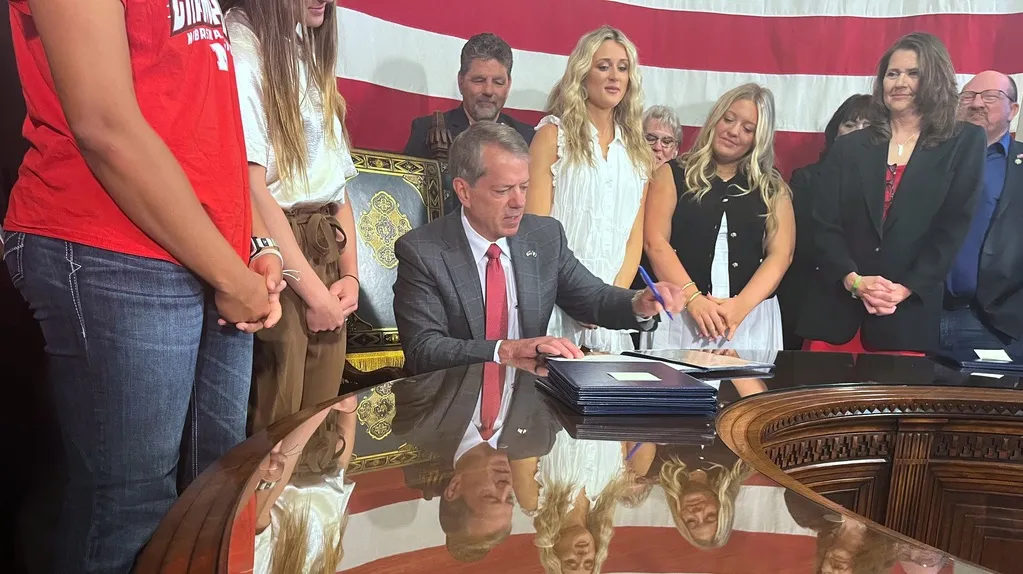September 25, 2013
Remembering National Gay Men's HIV Awareness Day
Winnie McCroy READ TIME: 4 MIN.
Men who have sex with men -- especially young men of color -- remain at the center of the U.S. HIV epidemic. On Friday, Sept. 27, we remember National Gay Men's HIV/AIDS Awareness Day, and recommit to our promise to fight the spread of HIV among gay men.
"From the CDC's perspective, we can't afford to lose a new generation to this infection," said Dr. David Purcell, Deputy Director for Behavioral and Social Science at CDC's Division of HIV/AIDS Prevention. "Right now, government intervention and community involvement are so important."
It has been more than 30 years since the first reported cases of AIDS, yet HIV continues to take a heavy toll on the gay community. MSM are two percent of the population, but make up more than 60 percent of new HIV infections. They also represent half of all Americans living with HIV.
And while the number of new HIV infections have remained relatively stable overall since the 1990s (at about 50,000 per year), new infections continue to grow among young gay and bisexual men. Between 2008-2010, they increased 22 percent. And young Black gay men are in particular danger, as new infections among this group account for 55 percent of new infections among young MSM overall.
When HIV/AIDS hit the gay community in the mid-'80s, it ravaged the population, forcing people to become activists, to fight for their lives and the lives of their loved ones. Working with the government and non-profits, we rolled back the toll of lives lost to HIV. So why are rates of new HIV infections rising again among young gay men?
"It is a complex mixture of risk factors including higher prevalence of HIV among gay and bisexual men that leads to a greater risk of being exposed with each sexual encounter, even with lower risk behaviors," said Purcell. "Also, too many do not know that they are infected, which increases the risk of unknowingly infecting others. Young MSM of color are especially unlikely to know they are positive."
The CDC said the one-third of gay and bisexual men who are infected are unaware of it. One-third of these are not tested every year, as is recommended. Purcell said he hoped that many NGMHAAD events include a testing component.
Other factors also play a role, including stigma and homophobia, which deters some men from seeking prevention services or treatment at LGBT-affiliated centers. In addition, some MSM may not have insurance, and they are likely to have higher rates of other STDs, which make them more likely to transmit and acquire HIV.
"Substance use is also important, as some misuse alcohol and other drugs, which can increase their risk," said Purcell. "Some men also underestimate their personal risk, and work under the false belief that because of treatment advances, HIV is no longer a health threat. There is a challenge of maintaining consistently safe behavior. We have to reach each generation and teach them how to protect themselves."
Gay Community Must Reengage in the Fight Against HIV
The only way that we will make a meaningful impact against the spread of HIV/AIDS, said the CDC, is for the gay community to reengage in the fight with community partners.
"In the early days, the gay community led the efforts and caused lower rates of HIV, but unfortunately, that was not sustained," said Purcell. "It is critical to reach all gay men with these messages of prevention and treatment. Gay and bisexual men need to understand what their risk is and how to protect themselves."
This includes getting tested, reducing the number of sexual partners they have and using condoms. We must all talk about HIV with our partners, friends and family. Gay community leaders should reengage and restore HIV prevention as a key component of their agenda. And African-American and Latino leaders must work to combat stigma, empower young gay and bisexual men to seek services without the fear of discrimination and lay a claim for prevention efforts.
Winnie McCroy is the Women on the EDGE Editor, HIV/Health Editor, and Assistant Entertainment Editor for EDGE Media Network, handling all women's news, HIV health stories and theater reviews throughout the U.S. She has contributed to other publications, including The Village Voice, Gay City News, Chelsea Now and The Advocate, and lives in Brooklyn, New York.


